By Bruce Doorly
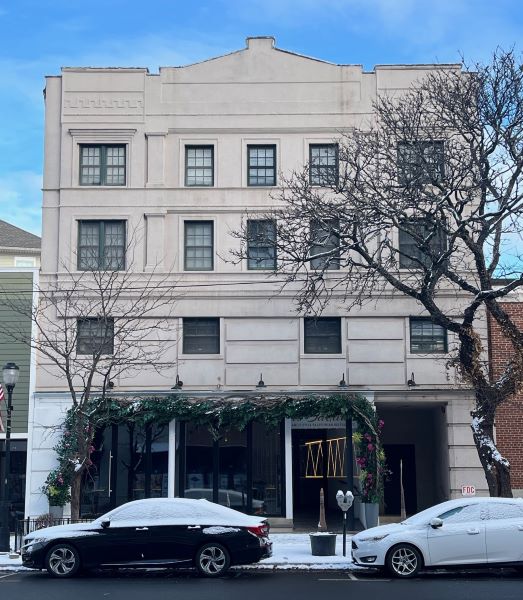 | |
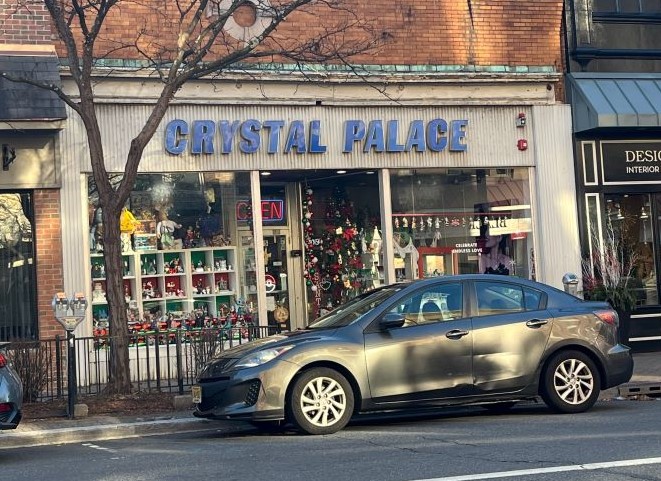 |
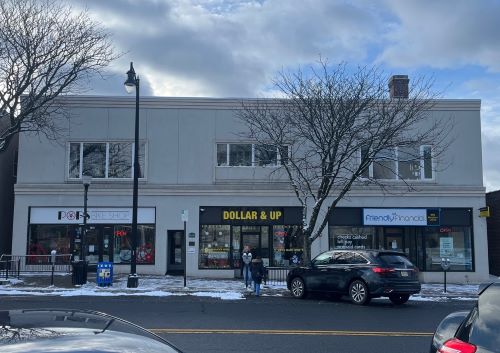 |
For example, today there are four buildings that appear totally unrelated.
The first is in Raritan at 23 Anderson Street, which is occupied by “Frame Me”.
The other three are in Somerville.
One building at 65 West Main Street has the “Crystal Palace”.
Another building at 190 West Main Street held the “Melting Pot” Restaurant for years.
Finally, a large building at 34 East Main Street has three stores. “Pop’s Bike Shop,” a Dollar Store and “Friendly Financial.”
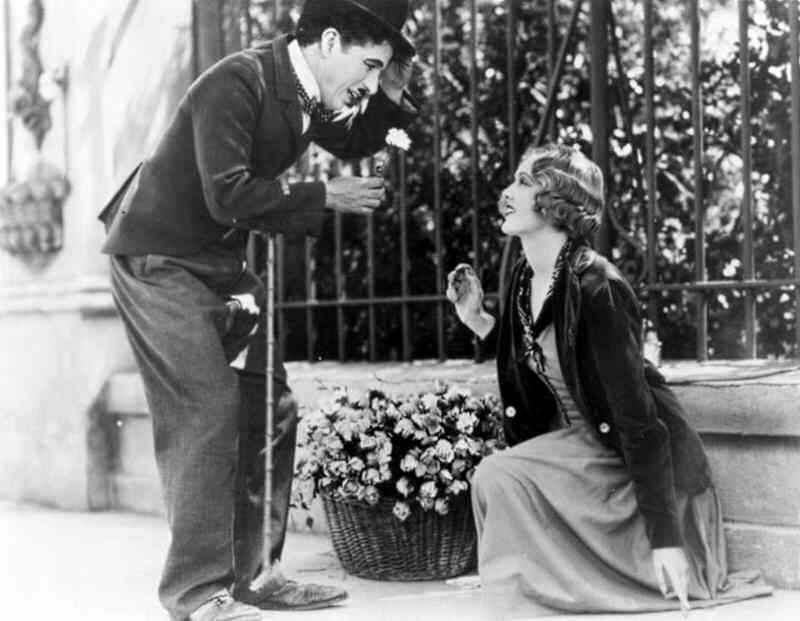
these buildings were all movie theatres,
showing what we call today “Silent Movies.”
In the 1800s various toys had demonstrated that when drawings were shown in rapid succession that they could be interpreted by the human brain as moving.
Photography was first invented in 1839, but for 50 years there was no way to take photos in rapid succession. By 1895 this problem had been solved. Inventors such as Thomas Edison and the Lumiere Brothers of France turned to exploiting this illusion of the human mind to create moving pictures that could be viewed by the masses.
An article about the viewing appeared on the front page of the Courier News. The newspaper article explained how this thing called film contained 800 tiny pictures for each clip. There was no sound. For these early demonstrations a projector and a screen were set up in a hall for that one night. The exhibitors traveled from town to town setting up equipment wherever they went.
Various places such as St. Bernard’s Hall in Raritan (building now gone) and Somerset Hall (Alfonso’s today) were some of the sites that these “Moving Pictures” companies visited.
Only a two second clip
1896 Clip called "The Kiss"
1896 Clip called "Train Arrival"
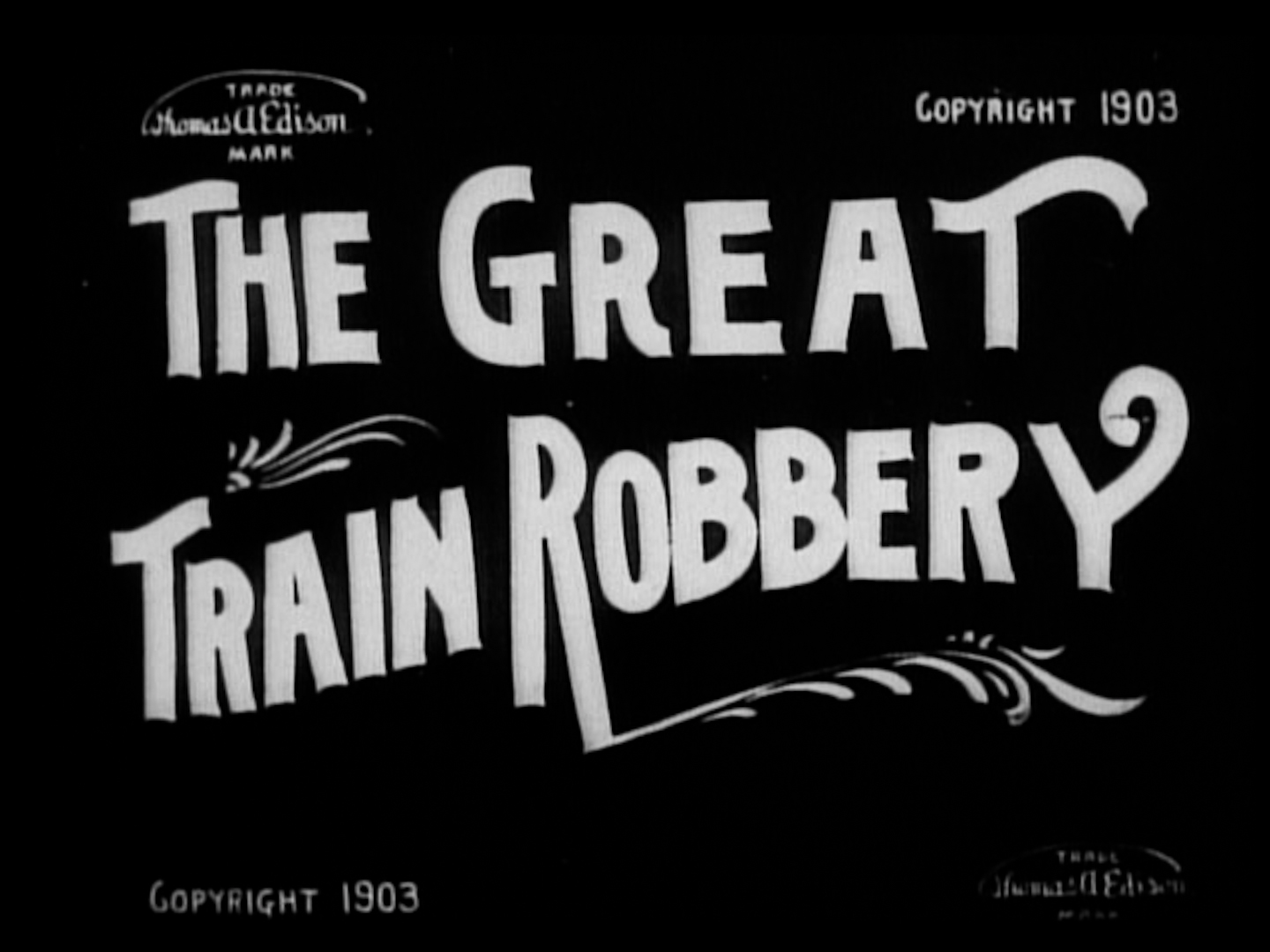
In 1903, the 12-minute film “The Great Train Robbery” premiered. It had fast-paced action that told a story and set the standard for future films. The early movies did not have synchronized sound as the technology to record video with sound was not yet perfected. Actors and Actresses used many facial expressions and body language to convey their emotions. When words were needed, title cards with words were inserted in the movie.
Click to view
As interest in moving pictures increased, stationary theatres sprang up starting in 1908.
The first local theatre was the Bijou Theatre at 65 West Main Street in Somerville. This was a converted storefront. Movies back then were short, around 12 minutes, thus many short films were shown together. The playing of them was continuous and the public could enter at any time, often mid film. The seating was on hard wooden chairs. The admission was often a nickel, thus these early theatres were called Nickelodeons. These theatres were anything but silent, as a standard part of the show was a live piano player who played along with the movie. Soothing music for calm scenes - changing to fast paced music for the action parts.
at 65 West Main Street in Somerville
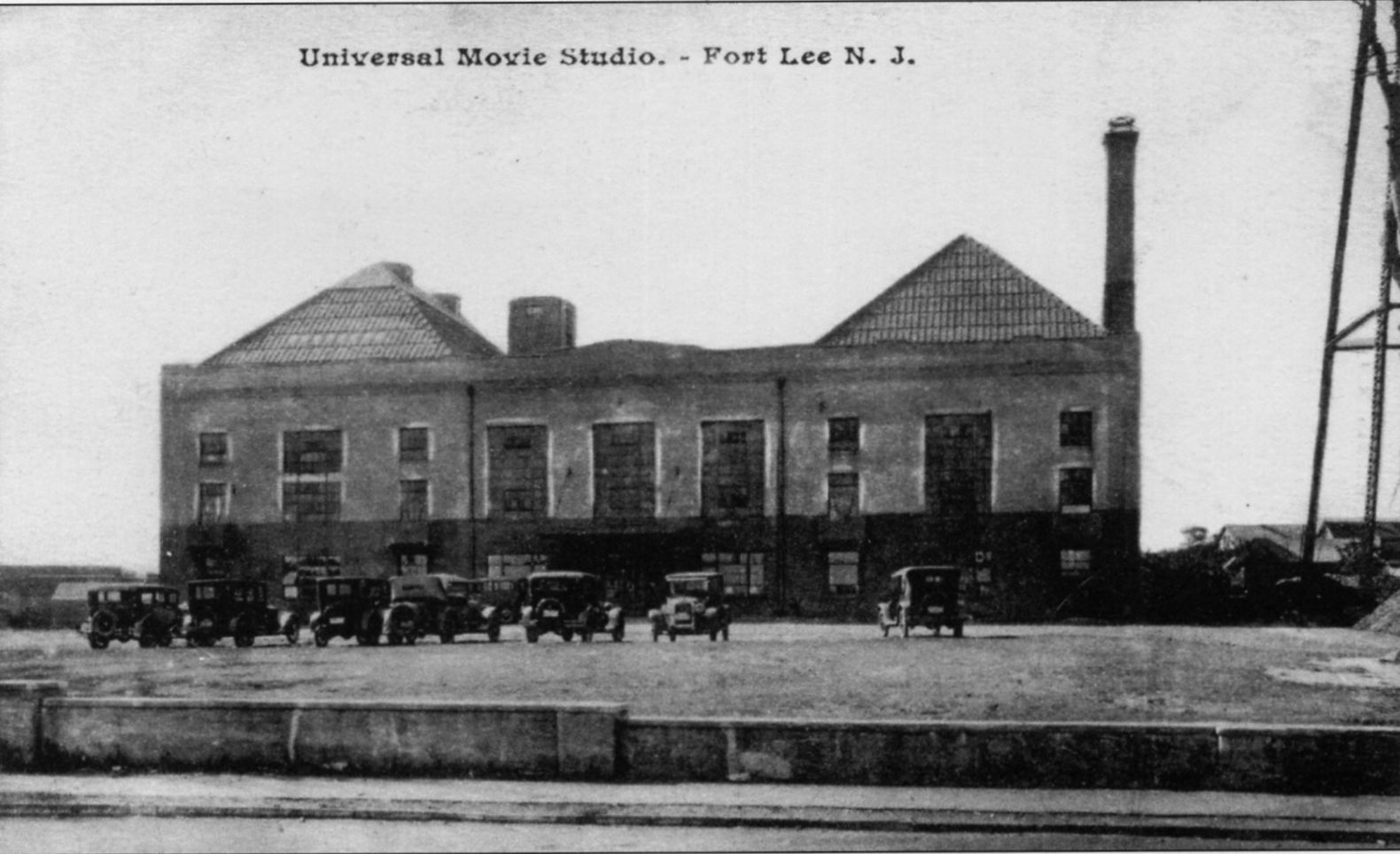
But beginning in 1911, over the next several years, most film companies moved to Hollywood, California, to take advantage of the weather, the cheaper land, and the lower tax base.
The Bijou Theatre in Somerville closed around 1918.
In The Kid
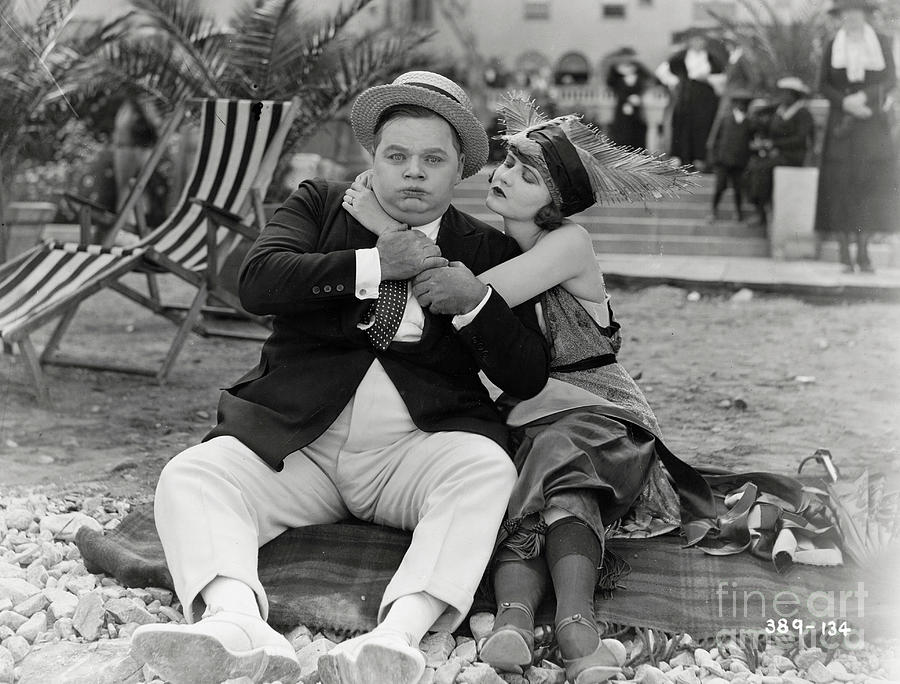
They were the Raritan Theatre at 23 Anderson Street in Raritan and the Somerville Theatre at 190 West Main Street. The Somerville Theatre opened to great fanfare boasting leather upholstered chairs, a lavish carpet, and four deluxe boxes on the sides for VIPs.
Both theatres would have live Vaudeville acts in addition to feature films.
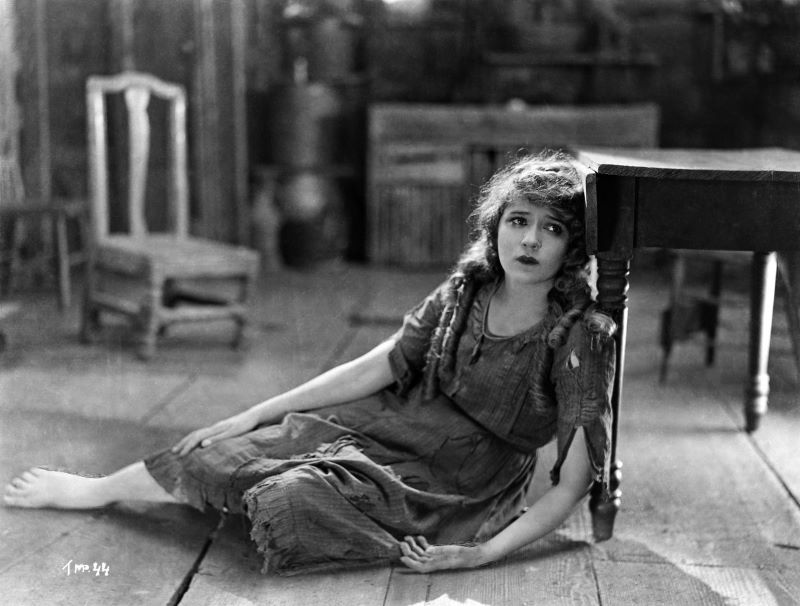
The first superstar was Mary Pickford. She was called “American’s Sweetheart”. By 1915 she was making over a million dollars a year, an unimaginable amount for that era. Her silent film career which spanned 1908-1927 would eventually include 150 short films and 40 feature films.
Charlie Chaplin first appeared in 1914. His career would span 80 films, mostly silent.
Click to view 1 minute clip
By 1915, the theatre was sold and the name was changed to the Regent Theatre.
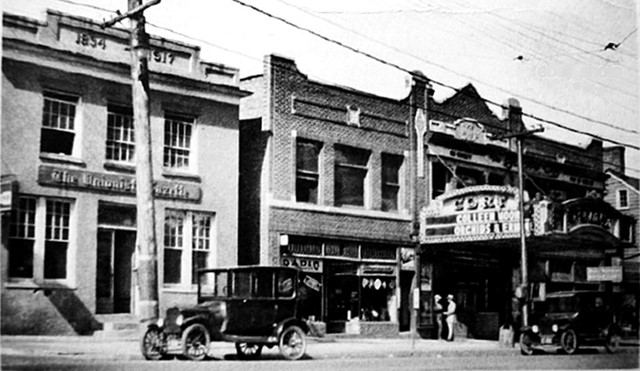
They purchased property across from the Somerville Court House and built the Cort Theatre. It opened in October of 1922. It was recognized as the finest movie house in Central Jersey. It had a handsome design and a $20,000 pipe organ which was said to be capable of sounding like a great orchestra.
The Regent Theatre soon closed, but would reopen in the late 1920s and operate for a few years.
Beginning in 1927 with the “Jazz Singer”, starring Al Jolson - sound - spoken dialog in sync with the video - first came to film. Over the next three years all movies converted to sound. Many film stars of the silent era faded away as new talents were needed for sound.
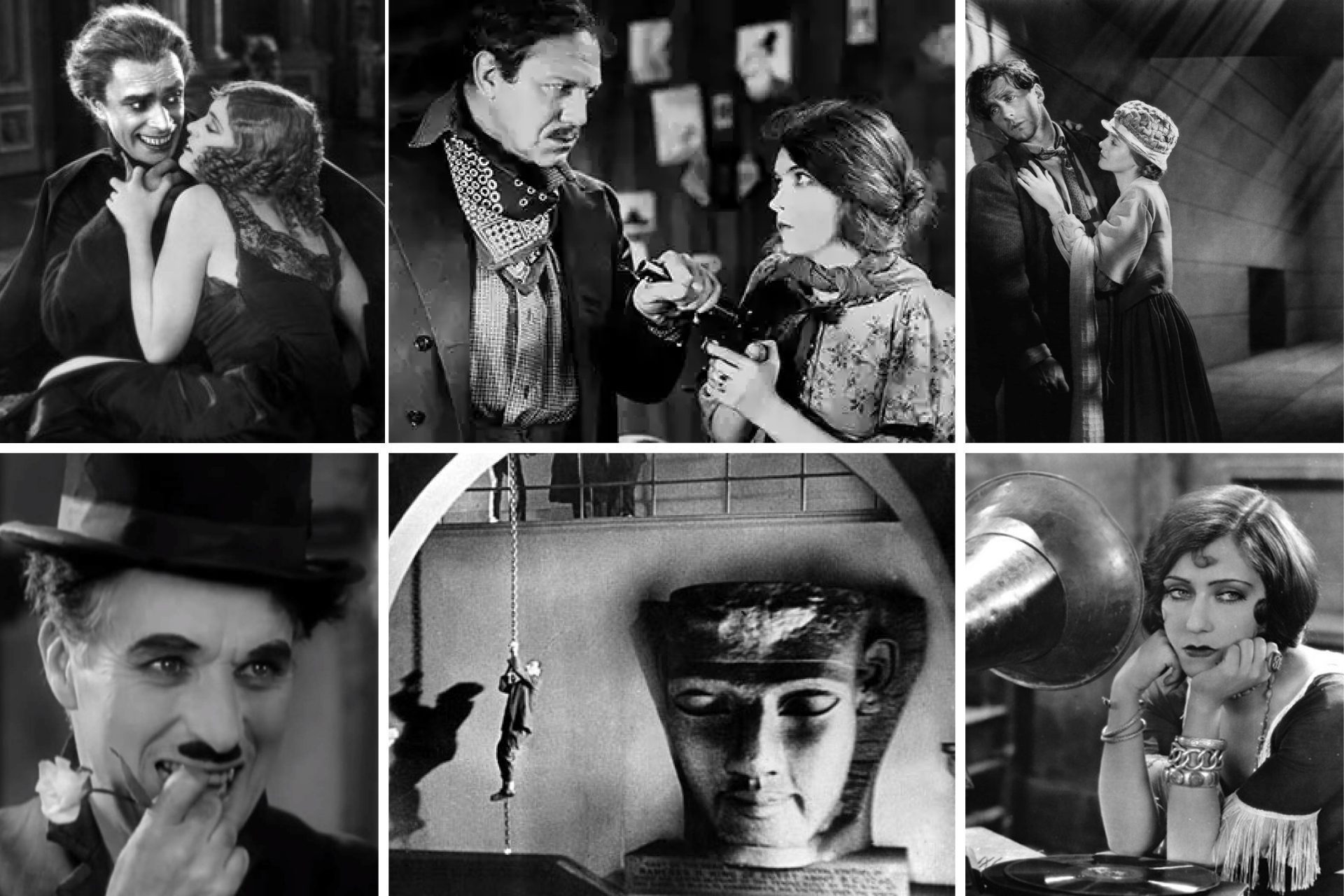
An estimated 70% of silent movies are considered “lost.” Each movie once had thousands of copies made, but after the advent of sound, silent films were considered to have no value. The reels met the trash can or were neglected in storage allowing deterioration beyond repair.
A further insult was when old movie clips were shown years later on television, the speed was way too fast. Silent movies were 16 frames per seconds and modern movies are 24 frames per second. Thus, for decades when modern equipment showed silent films the frame speed was not adjusted resulting in comical fast motion.
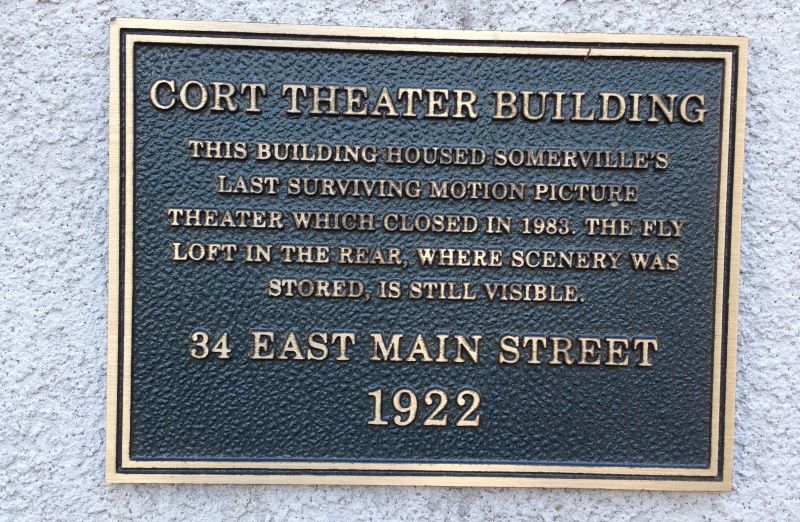
As for those old buildings that were once theatres, 34 East Main Street in Somerville has a plaque stating that the Cort Theatre once was there. Maybe the other three buildings will someday have the same recognition.